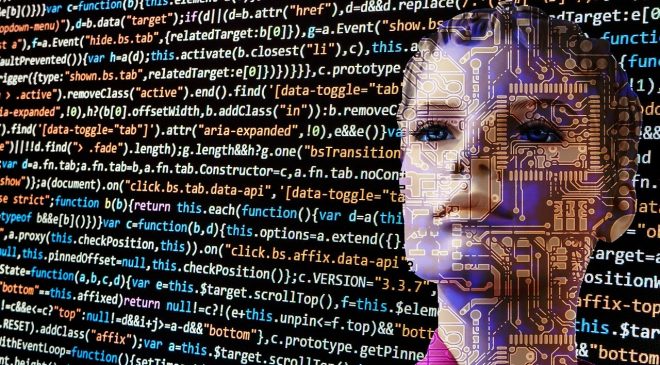Turnitin has begun working on detection capabilities for GPT3
Turnitin – a leading provider of academic integrity solutions globally – will activate its AI writing detection capabilities. The technology identifies the use of AI writing tools including ChatGPT, with 98 percent confidence, enabling educators to analyse and review the authenticity of academic work.
Turnitin began working on detection capabilities for GPT3, the underlying technology on which many AI writing applications are based, nearly two years prior to the release of ChatGPT. Built to help educators and academic institutions identify AI-generated text in student-written submissions, Turnitin’s AI writing detection capabilities are integrated into existing Turnitin systems and accessible through learning management systems and does not require additional steps for current Turnitin educator users to access. Over 10,700 institutions and more than 2.1 million educators will be able to evaluate a submission quickly and easily for the presence of AI-generated text and provide feedback to students in their current Turnitin workflows.
Turnitin’s AI detector provides an evaluative measure of how many sentences in a written submission may have been generated by artificial intelligence, which educators can use to determine if further review, inquiry, or discussion with the student is needed. Turnitin’s AI writing detection capabilities are available within existing products and solutions, including: Turnitin Feedback Studio (TFS), TFS with Originality, Turnitin Originality, Turnitin Similarity, Simcheck, Originality Check and Originality Check+.
Please note that for this release, the AI detection capability will only work for content submitted in English. It will not process any non-English submissions at this time.
“Educators told us that being able to accurately detect AI written text is their first priority right now. They need to be able to detect AI with very high certainty to assess the authenticity of a student’s work and determine how to best engage with them,” said Turnitin CEO, Chris Caren. “It is equally important that detection technology becomes a seamless part of their existing workflow, which we have done by integrating AI detection capabilities into Turnitin solutions.”
“Turnitin’s technology has high accuracy and low false positive rates when detecting AI-generated text in student writing. To maintain a less than one percent false positive rate, we only flag something when we are 98 percent sure it is written by AI based on data that was collected and verified in our controlled lab environment,” said Turnitin Chief Product Officer, Annie Chechitelli. “What we are providing for educators now has been in development for years. In the coming months, we will continue to refine and adapt our detection capabilities, using field data to increase accuracy.”
To help the education community navigate and manage this new technology in the classroom, Turnitin has published an AI writing resource page. The publicly available web page is regularly updated with practical resources from the company’s Teaching and Learning team, which consists of former and current educators. Current resources include a glossary of AI terms, a guide on updating an academic integrity policy in the age of AI and a downloadable AI misuse rubric to help educators proactively prepare writing assignments from potential AI-generated text. The page also reports progress in refining detection capabilities as AI writing technology continues to evolve.
For 25 years, Turnitin has been a trusted partner of educators, giving insights into student writing, and helping to uphold the standards of academic integrity for more than 16,000 institutions in 140 countries worldwide.





